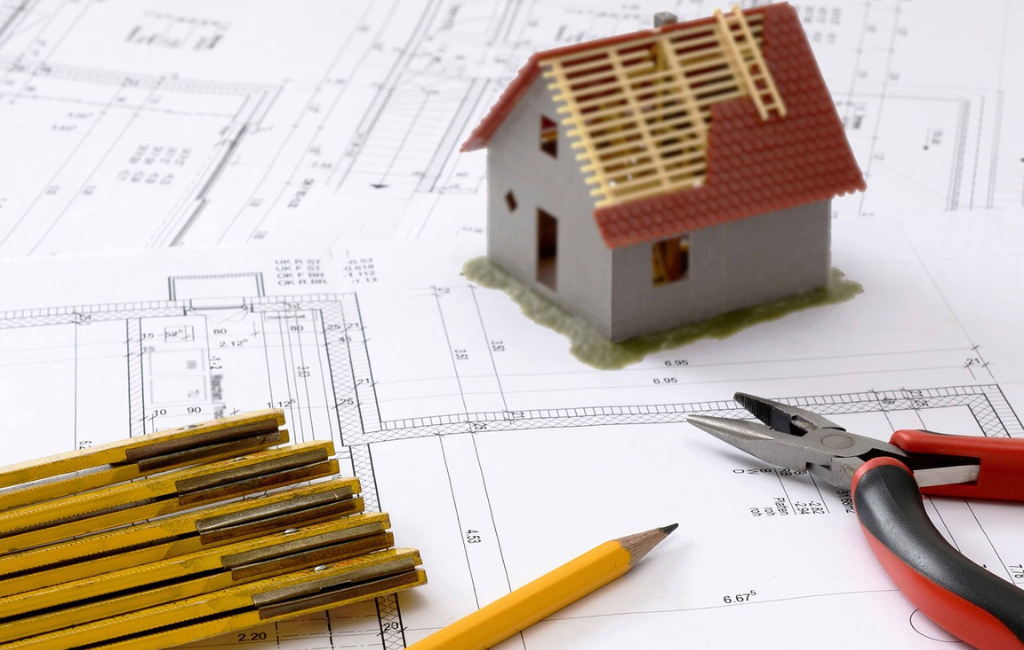The Architect’s Perspective

The Architect’s Perspective: Architecture and Innovation
Architecture has always been a reflection of human ingenuity and creativity. From the ancient pyramids of Egypt to the modern skyscrapers of New York, the evolution of architecture is a testament to the innovative spirit of humankind. This article explores the intersection of architecture and innovation from the perspective of architects, highlighting how new technologies, materials, and design philosophies are shaping the future of our built environment.
The Role of Technology in Modern Architecture
Technology has revolutionized the field of architecture in numerous ways. The advent of computer-aided design (CAD) software has transformed the way architects conceptualize and execute their designs. These tools allow for greater precision, efficiency, and creativity in the design process.
Building Information Modeling (BIM)
Building Information Modeling (BIM) is one of the most significant technological advancements in architecture. BIM involves creating digital representations of buildings that include detailed information about every aspect of the structure. This technology facilitates better collaboration among architects, engineers, and contractors, leading to more efficient project management and reduced costs.
- Enhanced collaboration and communication
- Improved accuracy in design and construction
- Reduced project costs and timelines
3D Printing in Architecture
3D printing is another groundbreaking technology that is making waves in the architectural world. This technology allows architects to create complex and intricate models that would be impossible to produce using traditional methods. 3D printing is also being used to construct entire buildings, offering a faster and more cost-effective alternative to conventional construction techniques.
- Ability to create complex and intricate designs
- Faster construction times
- Cost-effective building solutions
Innovative Materials in Architecture
The use of innovative materials is another key aspect of modern architecture. Architects are constantly exploring new materials that offer better performance, sustainability, and aesthetic appeal.
Sustainable Materials
Sustainability is a major focus in contemporary architecture. Architects are increasingly using materials that have a lower environmental impact, such as recycled steel, bamboo, and reclaimed wood. These materials not only reduce the carbon footprint of buildings but also contribute to healthier indoor environments.
- Recycled steel
- Bamboo
- Reclaimed wood
Smart Materials
Smart materials are another exciting development in the field of architecture. These materials have the ability to change their properties in response to external stimuli, such as temperature, light, and humidity. Examples include self-healing concrete, which can repair its own cracks, and thermochromic glass, which changes color based on the temperature.
- Self-healing concrete
- Thermochromic glass
- Phase-change materials
Innovative Design Philosophies
Innovation in architecture is not limited to technology and materials; it also extends to design philosophies. Architects are constantly pushing the boundaries of what is possible, creating spaces that are not only functional but also inspiring and thought-provoking.
Biophilic Design
Biophilic design is an approach that seeks to connect building occupants more closely to nature. This philosophy is based on the idea that humans have an innate connection to the natural world, and that incorporating natural elements into the built environment can enhance well-being and productivity. Examples of biophilic design include green roofs, living walls, and the use of natural materials and daylight.
- Green roofs
- Living walls
- Natural materials and daylight
Parametric Design
Parametric design is a cutting-edge approach that uses algorithms and computational techniques to generate complex and adaptive architectural forms. This method allows architects to create highly customized and efficient designs that respond to specific environmental and functional requirements. Notable examples of parametric design include the Beijing National Stadium and the Heydar Aliyev Center in Baku.
- Beijing National Stadium
- Heydar Aliyev Center
- Adaptive and efficient designs
Case Studies in Architectural Innovation
Several contemporary architectural projects exemplify the innovative spirit of modern architecture. These case studies highlight how architects are leveraging new technologies, materials, and design philosophies to create groundbreaking structures.
The Edge, Amsterdam
The Edge in Amsterdam is often cited as one of the most sustainable office buildings in the world. Designed by PLP Architecture, this building incorporates a range of innovative technologies, including a smart lighting system that uses sensors to adjust lighting based on occupancy and natural light levels. The building also features a highly efficient energy management system that reduces energy consumption by 70% compared to traditional office buildings.
Bosco Verticale, Milan
Bosco Verticale, or Vertical Forest, in Milan is a striking example of biophilic design. Designed by Stefano Boeri Architetti, this residential complex features two towers covered in over 900 trees and 20,000 plants. The vegetation helps to improve air quality, reduce noise pollution, and provide a natural habitat for birds and insects. The project has been widely praised for its innovative approach to urban living and sustainability.
Harbin Opera House, China
The Harbin Opera House in China, designed by MAD Architects, is a stunning example of parametric design. The building’s fluid and organic form was generated using advanced computational techniques, resulting in a structure that seamlessly blends with its natural surroundings. The opera house features a range of innovative materials and technologies, including a double-layered glass facade that enhances energy efficiency and acoustic performance.
Conclusion
A combination of new technologies, materials, and design philosophies drives innovation in architecture. Architects are constantly exploring new ways to create buildings that are not only functional and aesthetically pleasing but also sustainable and responsive to the needs of their occupants. By embracing these innovations, architects are shaping the future of our built environment, creating spaces that inspire and uplift the human spirit.